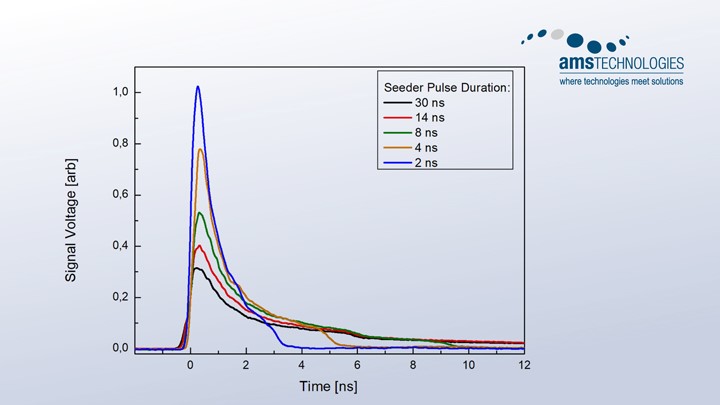
LIBS and MOPA Lasers: More Efficiency for Aluminum Recycling
What is LIBS and How Does It Work?
Pulsed laser systems can help to analyze scrap light metal in a process called laser-induced breakdown spectroscopy (LIBS). Other methods, such as XRF (X-Ray Fluorescence) spectroscopy are suitable for heavier metals like steel but get too little useable data for analyzing different light elements with a low atomic number (e.g. Be, Li, Al, Si). Thus, they are not very suitable for aluminum recycling. Typically, LIBS systems use a high-energy pulsed laser as the excitation source and focus the laser beam to form a plasma plume on the metal surface. The plasma emits light, which is then collected and guided into a spectrometer. From the spectrum of the light it is possible to determine the exact alloy of the scrap metal. An automatic sorting mechanism then divides the different alloy classes before they are shipped to further processing.

Challenges For Lasers in Aluminum Recycling
The main challenge for system providers is to realize a sorting speed that allows an economical benefit. Therefore a laser must have enough power and a sufficient repetition rate and needs to be compact to be integrated into a sorting machine. Furthermore, the system must be robust enough for continuous operation in a harsh environment.
What is the MOPA System and How Does It Work?
The MOPA (Master Oscillator and Power Amplifier) system from neoLASE, an AMS Technologies company, meets these challenges. It is based on a commercial fiber laser or a modulated laser diode as seeder, neoVAN amplifier modules, and a modulator for gating the laser pulses into the application.


Improving data quality and efficiency
In contrast to conventional systems, the neoLASE system offers several additional benefits that significantly improve data quality and efficiency of the sorting process.
A pre-ablation pulse removes dirt, paint and other coatings from the scrap metal pieces and thus helps to achieve a cleaner signal with the actual analysis. The pulse-on-demand function allows operating several LIBS lines with just one laser – which results in lower energy consumption and maintenance. The spectrum of available wavelengths enables exact calibration for individual alloys and thus optimized plasma generation, which in turn leads to a more intense signal that is easier and more accurate to analyze.
Pulse shaping is another way to improve signal quality. To achieve this, the pulse duration can be changed by the seed laser and will additionally be formed by the gain dynamic of the amplifier stages. As a result, typical pulses will have a peak with the length of a few nanoseconds, followed by a declining tail with a changeable slope. For applications requiring high peak power, this shaping helps to initiate the laser process and keep it running for a specific time, which can be adjusted by changing the trailing part. The benefit for LIBS is that the plasma plume remains stable for a longer time – resulting in a stronger and more intense signal, leading to easier and more accurate analysis.
Typical long term power stability has been determined to be < 1% RMS over an 8 hour period. This does not only enable stable operation throughout the day, but also allows exchanging information between several LIBS systems because the data quality is uniform and stable. This saves time and effort in calibrating the individual systems.

With a beam quality factor M2 of less than 1.3 in all power modes and a beam roundness of more than 95%, the necessary predictability of the laser beam propagation is ensured, as the energy required to generate the plasma is strongly dependent on the diameter of the beam focus. The smaller the focus diameter, the lower the pulse energy required to generate the plasma, leading to better energy efficiency and comparability between several LIBS systems.
The compact system is based on the customized MOPA architecture from neoLASE as shown below and has a footprint of only 617 x 412 mm. In addition, a water cooler and a 4 U laser electronic unit are needed to control the laser system parameters. The system is equipped with the neoCON standard software and also complies with OPC-UA to set all relevant laser parameters and to monitor system control signals and temperatures. The seed oscillator is fully integrated and also controlled by neoCON software.

Conclusion
All in all, the small footprint and little space requirement make the MOPA system ideal for integration into a larger system – such as a sorting machine for scrap metal, other spectroscopic applications or laser ranging as well as other variations of laser-induced plasma applications, such as thin-film or pulsed laser deposition (PLD). What are your laser requirements?
Contact us to discuss your project!
